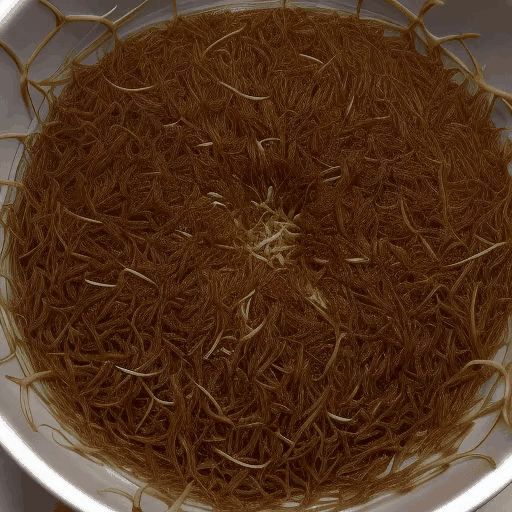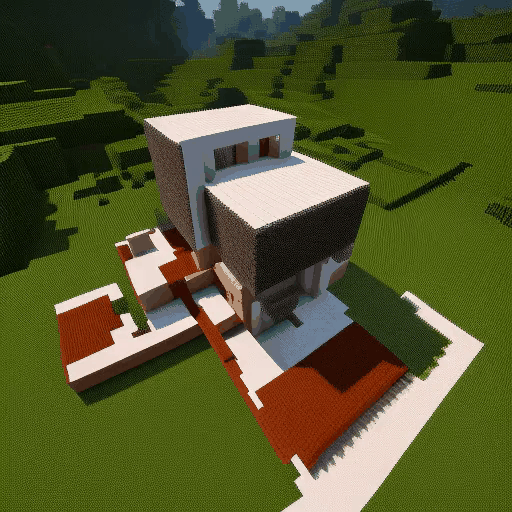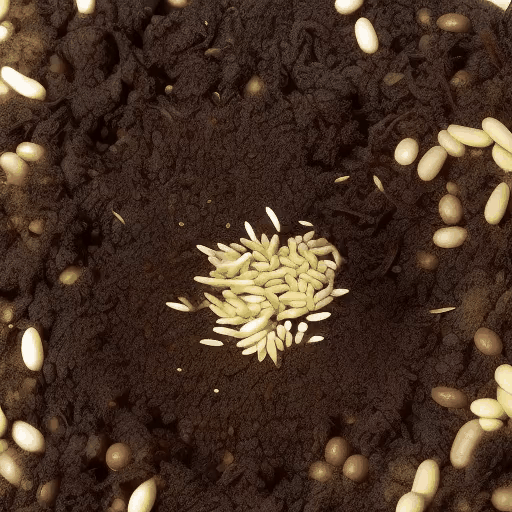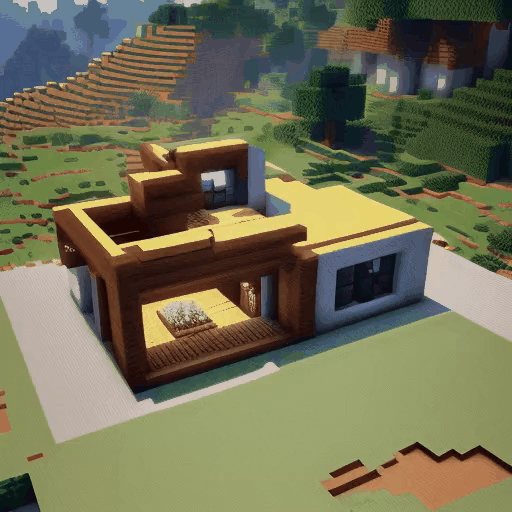 245 |
245 |  245 |
245 |  3 |
3 |
35 |
36 |
37 |
38 | > [**Open-Sora Plan: Open-Source Large Video Generation Model**](https://arxiv.org/abs/2412.00131)
39 | > Bin Lin, Yunyang Ge and Xinhua Cheng etc.
40 | [](https://github.com/PKU-YuanGroup/Open-Sora-Plan) [](https://github.com/PKU-YuanGroup/Open-Sora-Plan) [](https://arxiv.org/abs/2412.00131)
41 | >
42 | > [**OpenS2V-Nexus: A Detailed Benchmark and Million-Scale Dataset for Subject-to-Video Generation**](https://arxiv.org/abs/2505.20292)
43 | > Shenghai Yuan, Xianyi He and Yufan Deng etc.
44 | > [](https://github.com/PKU-YuanGroup/OpenS2V-Nexus) [](https://github.com/PKU-YuanGroup/OpenS2V-Nexus) [](https://arxiv.org/abs/2505.20292)
45 | >
46 | > [**ConsisID: Identity-Preserving Text-to-Video Generation by Frequency Decomposition**](https://arxiv.org/abs/2411.17440)
47 | > Shenghai Yuan, Jinfa Huang and Xianyi He etc.
48 | > [](https://github.com/PKU-YuanGroup/ConsisID/) [](https://github.com/PKU-YuanGroup/ConsisID/) [](https://arxiv.org/abs/2411.17440)
49 | >
50 | > [**ChronoMagic-Bench: A Benchmark for Metamorphic Evaluation of Text-to-Time-lapse Video Generation**](https://arxiv.org/abs/2406.18522)
51 | > Shenghai Yuan, Jinfa Huang and Yongqi Xu etc.
52 | > [](https://github.com/PKU-YuanGroup/ChronoMagic-Bench/) [](https://github.com/PKU-YuanGroup/ChronoMagic-Bench/) [](https://arxiv.org/abs/2406.18522)
53 | >
| General Videos | 97 | |
98 |  |
99 |  |
100 |  |
101 |
| Metamorphic Videos | 104 | |
105 |  |
106 |  |
107 |  |
108 |
| MakeLongVideo | 125 |||||
| ModelScopeT2V | 132 |||||
| VideoCrafter | 139 |||||
| ZeroScope | 146 |||||
| LaVie | 153 |||||
| T2V-Zero | 160 |||||
| Latte | 167 |||||
| Animatediff | 174 |||||
| Ours | 181 |
| 232 | 233 | | 234 |235 | 236 | | 237 |238 | 239 | | 240 |241 | 242 | | 243 |
| 252 | 253 | | 254 |255 | 256 | | 257 |258 | 259 | | 260 |261 | 262 | | 263 |